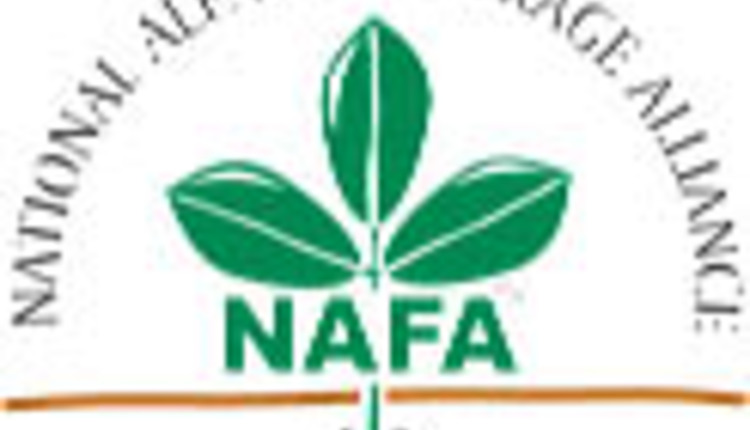This item has been supplied by a forage marketer and has not been edited, verified or endorsed by Hay & Forage Grower.

Alfalfa is key to sustainable agricultural systems and is an economic engine in rural communities – its value for soil conservation, nitrogen fixation, energy savings, crop rotation, and wildlife habitat is unsurpassed. However, alfalfa must offer a competitive value for farmers in order to provide these benefits and maintain or expand its acreage base. Being recognized in policy and public research funding decisions is critical in keeping pace with other cropping choices.
The risk management tools contained in the Farm Bill - Agriculture Risk Coverage and Price Loss Coverage - do not apply to alfalfa since it is not classified as a program crop, often resulting in farmers shifting acres away from alfalfa into program crops. During its DC Fly-In earlier this year, NAFA representatives met with House and Senate Ag Committee staff to stress the need for risk management tools which provide an acceptable safety net for alfalfa farmers.
Alfalfa farmers in 42 states produced dry hay valued at $8.4 billion in 2018. In 17 of those states, farmers also produced alfalfa haylage, valued at an additional $1.5 billion, bringing total crop value to $9.9 billion, according to NASS.

